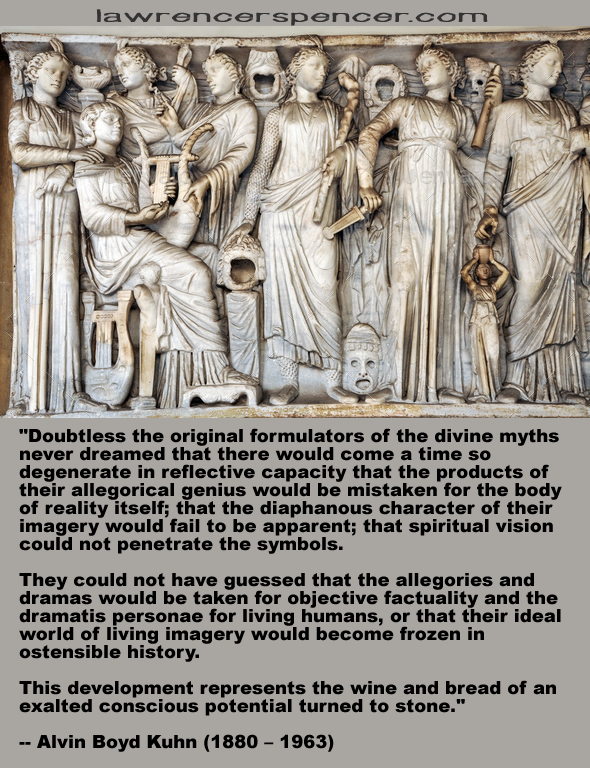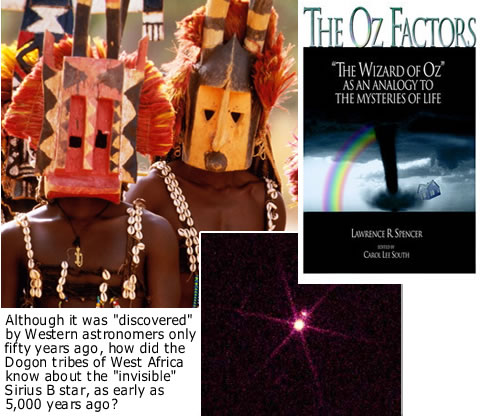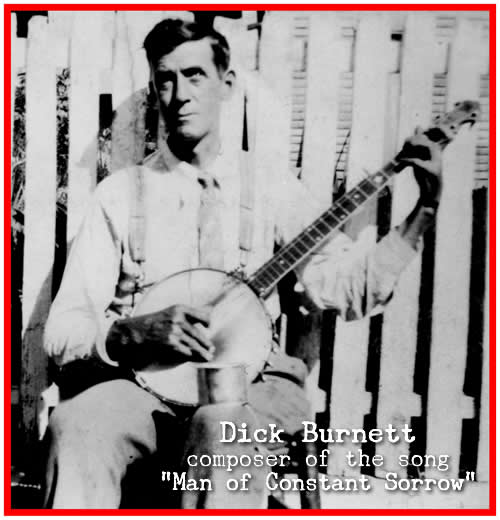Republished by Blog Post Promoter
 If you think elections in the US are crazy now, read the true story of the death of the Edgar Allan Poe, father of the modern “horror” novel:
If you think elections in the US are crazy now, read the true story of the death of the Edgar Allan Poe, father of the modern “horror” novel:
“…it was raining in Baltimore on October 3, 1849, but that didn’t stop Joseph W. Walker, a compositor for the Baltimore Sun, from heading out to Gunner’s Hall, a public house bustling with activity. It was Election Day, and Gunner’s Hall served as a pop-up polling location for the 4th Ward polls. When Walker arrived at Gunner’s Hall, he found a man, delirious and dressed in shabby second-hand clothes, lying in the gutter. The man was semi-conscious, and unable to move, but as Walker approached the him, he discovered something unexpected: the man was Edgar Allan Poe.
 On September 27—almost a week earlier—Poe had left Richmond, Virginia bound for Philadelphia to edit a collection of poems for Mrs. St. Leon Loud, a minor figure in American poetry at the time. When Walker found Poe in delirious disarray outside of the polling place, it was the first anyone had heard or seen of the poet since his departure from Richmond. Poe never made it to Philadelphia to attend to his editing business. Nor did he ever make it back to New York, where he had been living, to escort his aunt back to Richmond for his impending wedding. Poe was never to leave Baltimore, where he launched his career in the early 19th- century, again—and in the four days between Walker finding Poe outside the public house and Poe’s death on October 7, he never regained enough consciousness to explain how he had come to be found, in soiled clothes not his own, incoherent on the streets. Instead, Poe spent his final days wavering between fits of delirium, gripped by visual hallucinations.
On September 27—almost a week earlier—Poe had left Richmond, Virginia bound for Philadelphia to edit a collection of poems for Mrs. St. Leon Loud, a minor figure in American poetry at the time. When Walker found Poe in delirious disarray outside of the polling place, it was the first anyone had heard or seen of the poet since his departure from Richmond. Poe never made it to Philadelphia to attend to his editing business. Nor did he ever make it back to New York, where he had been living, to escort his aunt back to Richmond for his impending wedding. Poe was never to leave Baltimore, where he launched his career in the early 19th- century, again—and in the four days between Walker finding Poe outside the public house and Poe’s death on October 7, he never regained enough consciousness to explain how he had come to be found, in soiled clothes not his own, incoherent on the streets. Instead, Poe spent his final days wavering between fits of delirium, gripped by visual hallucinations.
Poe fell victim to a practice known as cooping, a method of voter fraud practiced by gangs in the 19th century where an unsuspecting victim would be kidnapped, disguised and forced to vote for a specific candidate multiple times under multiple disguised identities. Voter fraud was extremely common in Baltimore around the mid 1800s, and the polling site where Walker found the disheveled Poe was a known place that coopers brought their victims. The fact that Poe was found delirious on election day, then, is no coincidence.
Over the years, the cooping theory has come to be one of the more widely accepted explanations for Poe’s strange demeanor before his death. Before Prohibition, voters were given alcohol after voting as a sort of reward; had Poe been forced to vote multiple times in a cooping scheme, that might explain his semi-conscious, ragged state.
Around the late 1870s, Poe’s biographer J.H. Ingram received several letters that blamed Poe’s death on a cooping scheme. A letter from William Hand Browne, a member of the faculty at Johns Hopkins, explains that “the general belief here is, that Poe was seized by one of these gangs, (his death happening just at election-time; an election for sheriff took place on Oct. 4th), ‘cooped,’ stupefied with liquor, dragged out and voted, and then turned adrift to die.”
___________________
Extracted from http://www.smithsonianmag.com/history/still-mysterious-death-edgar-allan-poe-180952936/#twWUf4BeoOSM924V.99




